HILL AIR FORCE BASE, Utah -- The U.S. Army Corps of Engineers Sacramento District transferred ownership of a new hydrant fuel system to the Air Force during a ribbon-cutting ceremony here April 22. The district completed work on the $15 million project earlier in the month.
Consisting of 11 new hydrant fuel outlets, with a pump house capable of providing 2,400 gallons of fuel per minute, the new system greatly decreases the amount of time necessary to refuel aircraft on the airfield. The outlets are spread out throughout the airfield - the majority located on one of the main aprons designated for F-16 aircraft.
"There are eight hydrant pits that were added (to the F-16 apron)," said Doug Wesemann, from the Sacramento District's Utah resident office. "That's the main loop, and the line goes all the way down towards the end of the runway. There's a hot pad where planes can get fuel out there, which is such a huge benefit to the Air Force base," he added.
"Hot pads are areas where planes can be isolated to perform potentially hazardous operations, such as munitions loading and unloading," said James R. Gorman, Hill project manager with the 75th Civil Engineering Group. The hot pad allows for the quick refueling of aircraft involved in these operations.
"The new hydrant fuels system opens the way to increased efficiency," said Gorman, "resulting in reduced aircraft turn times and increased combat readiness."
Outlets are connected to two above-ground fuel storage operating tanks, each with a 10,000 barrel limit. An added benefit of the new system is its automated pressure capability.
"If multiple hydrant pits are being used at one time," said Wesemann, "the system is smart enough to know that an additional pump has to kick on if the pressure is getting lower. There's five pumps total in this pump house to kick on at one time, which gives plenty of pressure needed to use each one of these hydrant pits if ever needed."
Additional benefits of the new hydrant fuel system include an active leak detection system, including motor operators for valves and associated conduits; automatic tank gauging; fire detection; fire hydrants; an emergency generator; secondary containment systems; access pavements; as well as security fencing and lighting for the tanks.
There were some challenges during the course of construction.
"We found contaminated soil," said Wesemann, but the Corps, the Air Force base and the contractor were able to work together to address the challenge, which minimized delays on the project. The contaminated soil was discovered during excavation operations for the pipeline.
"When [the contractors] were digging, they noticed some odors that were out of the norm. The action prevention plan tells them that they stop work and notify the appropriate people to get out there," said Wesemann. "They had the base (representatives) get out there and run samples and test. It wasn't clear what it was, so they ran some more tests," said Wesemann. "We found out that there were some contaminants," he added, "but (they) turned out to be nothing too harmful. We had to take some precautions, but rightly so," he added.
"With jet fuel all over the place," said Wesemann, everyone treated the situation with the utmost care, adhering to safety guidelines and continuing the work.
"We were able to complete the project pretty much on time," said Wesemann.
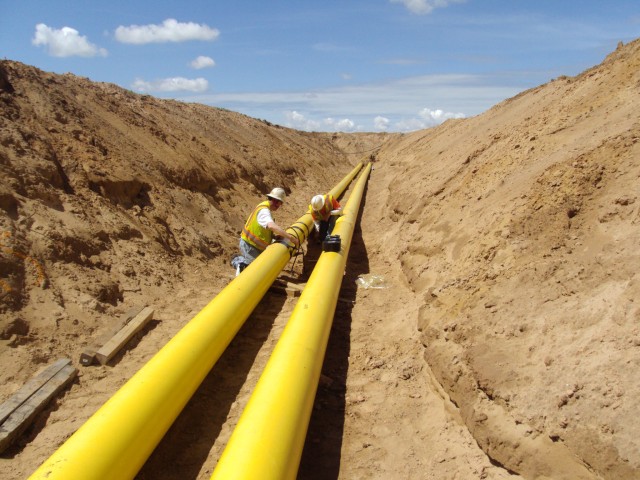
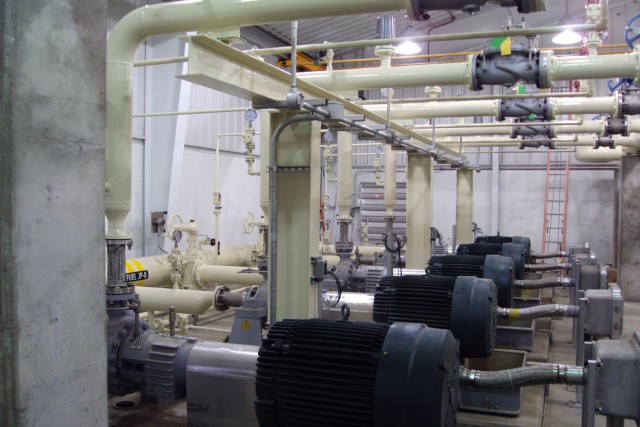
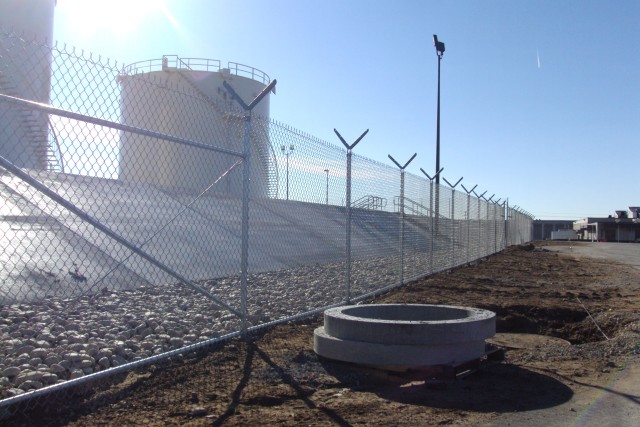
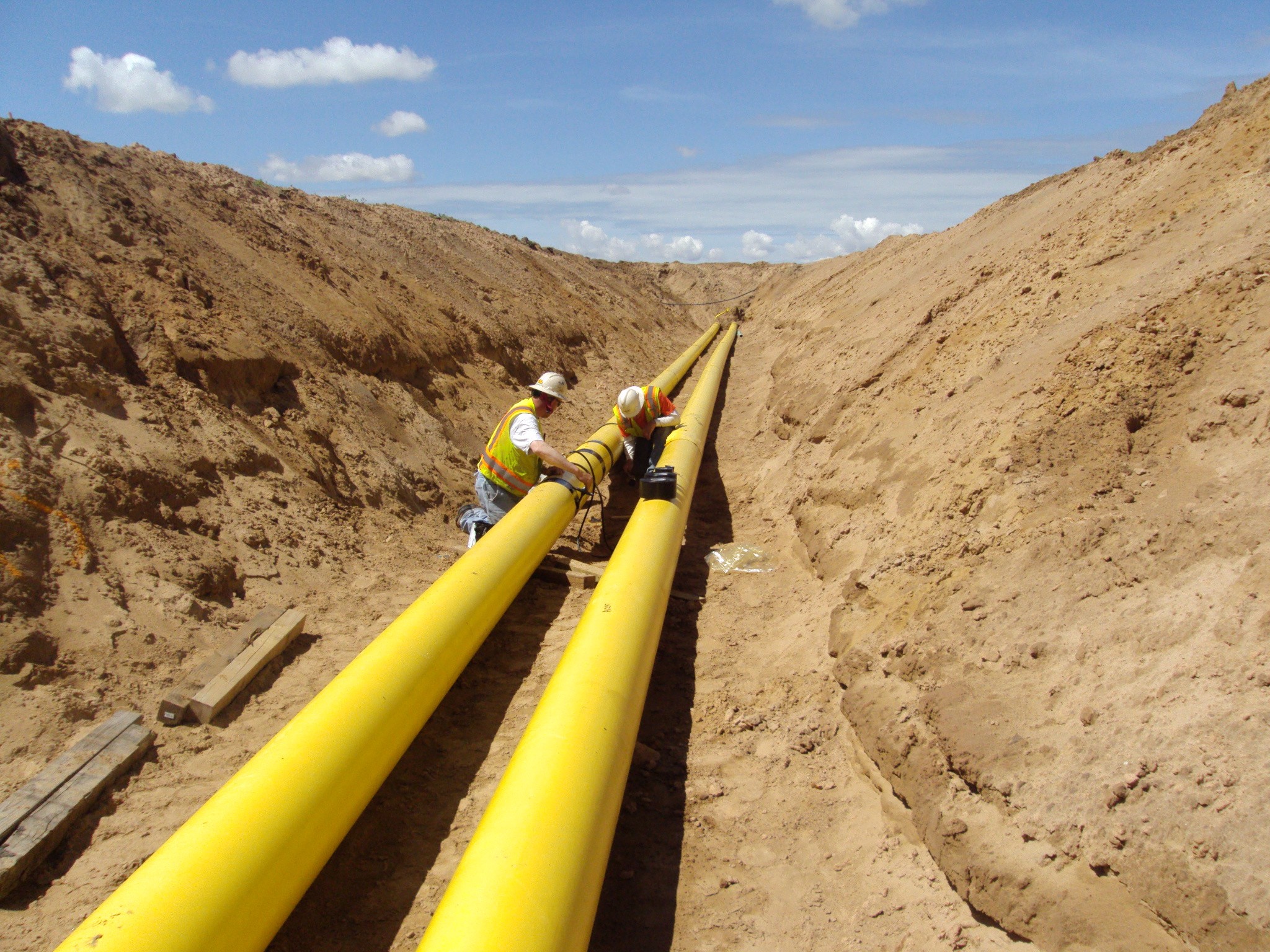
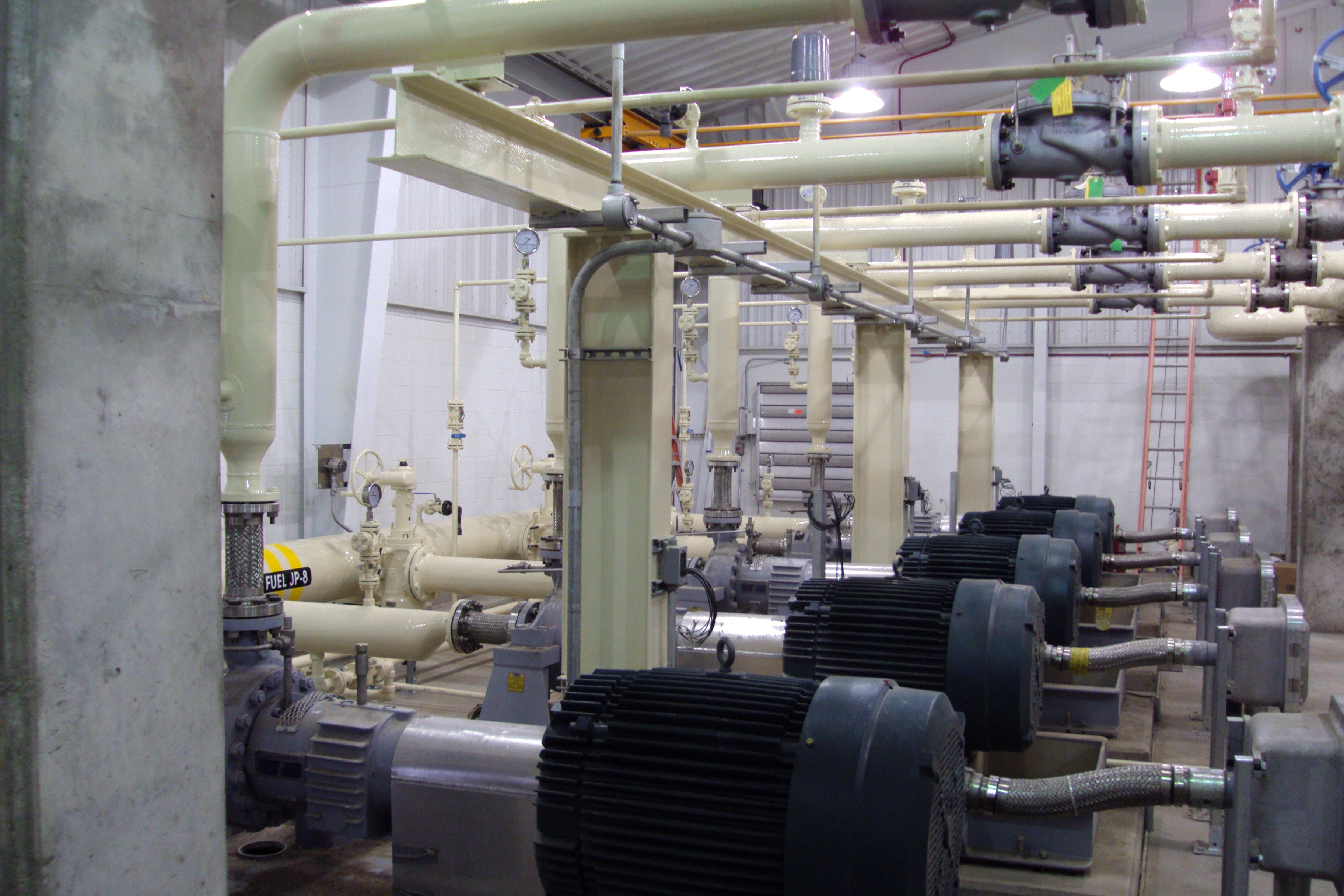
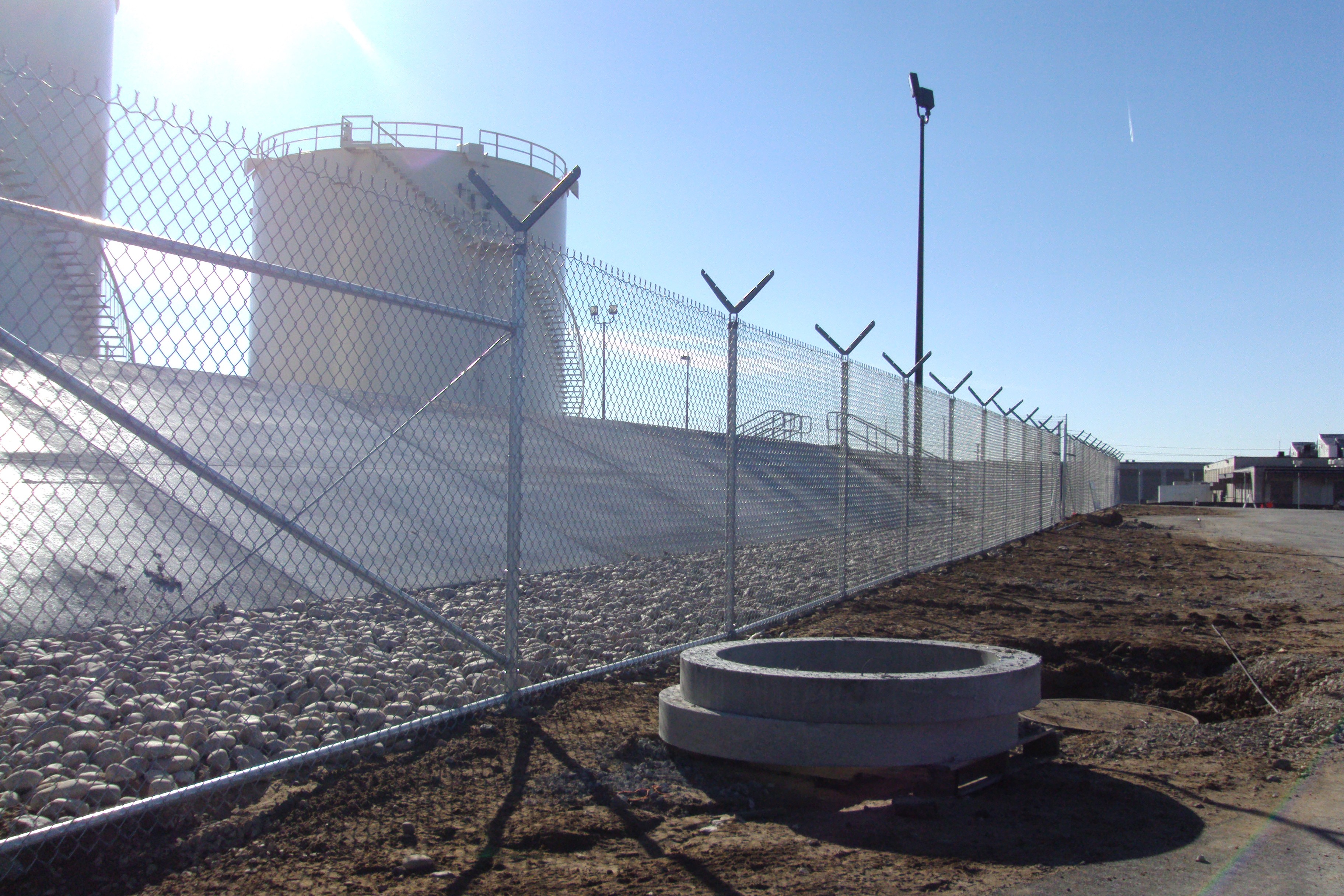
Social Sharing